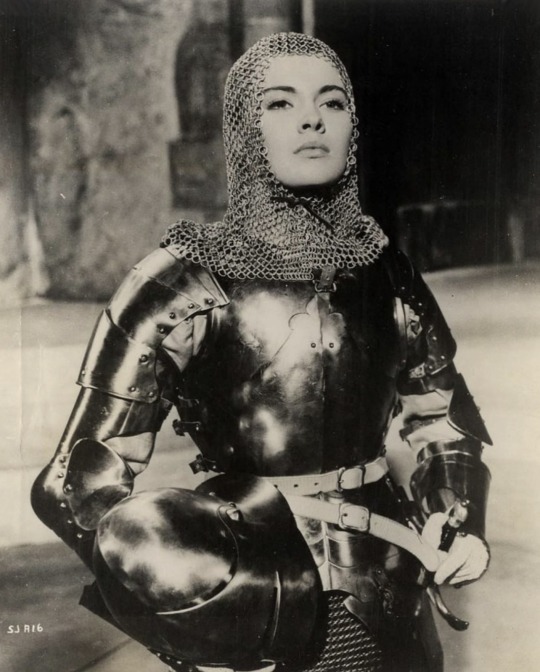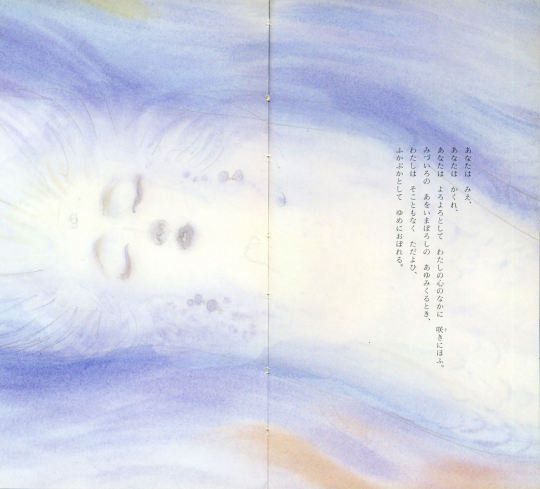Text
starting tomorrow i will be a real person in this world
27K notes
·
View notes
Photo
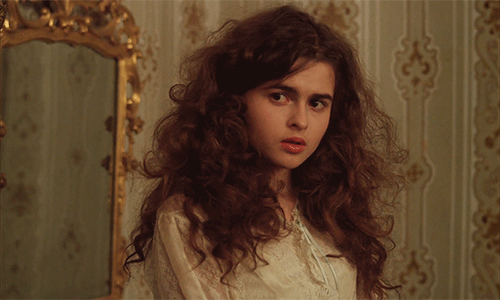


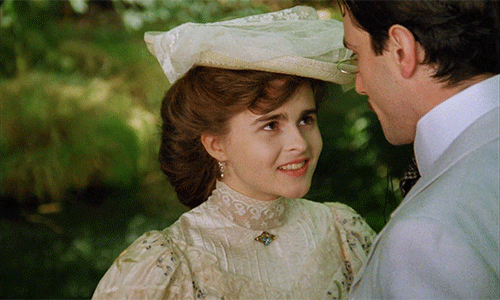

Helena Bonham Carter as Lucy Honeychurch in A Room with a View (1985)
7K notes
·
View notes
Text
once again thinking about composition thinking about lines thinking about the power of diagonal lines in particular. the dynamicity the energy the pathos. the tenderness and tragedy of a continuous diagonal vs the violence of interrupted or intersecting ones
12K notes
·
View notes
Text
virginia woolf's 1931 new years resolutions : "to have none. not to be tied. to be free & kindly with myself. sometimes to read, sometimes not to read. to go out, yes—but stay at home in spite of being asked. as for clothes, i think to buy good ones."
24K notes
·
View notes
Text
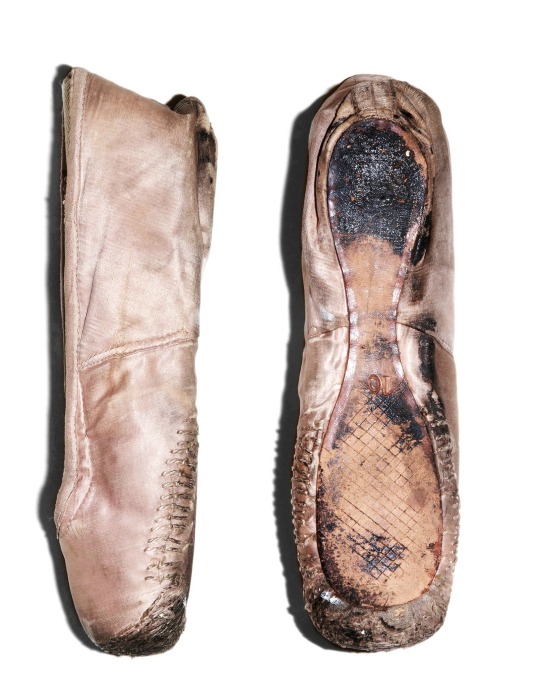
"Anna Pavlova’s feet were famously arched and tapered, yet her shoes have much less pronounced blocks for the toes than any modern ballerina would employ. She was the most world-renowned ballerina with the most world-renowned feet — but her shoes make us marvel at the strength those slender feet must have had. (This pair is thought to have been made in the 1920s, a decade when she traveled the globe.) They also have a remarkable amount of side stitching. We can only speculate what support this gave her."
—alastair macaulay on anna pavlova's pointe shoes for the new york times
5K notes
·
View notes
Photo

Wedding Reception Still Life Styling By Centa Lisbon
1K notes
·
View notes
Text
“Body Horror,” as an official designation, is a term that comes from horror cinema but its literary origins can be traced back as far as Frankenstein. It is a trope that springs from primal fears—from the knowledge of oneself as a physical object and the consciousness of pain—and its roots wind through the Gothic, to the fin de siècle and the birth of science fiction. As a sub-genre, it broadly encompasses the concept of bodily violation, whether that be via mutilation, zombification, possession, or disease, but arguably one of its most pervasive themes is that of transformation. From Ovid to Cronenberg, transformation occupies an anxious corner in so much of film and literature that it more or less forms a tradition all its own. Folklore and myth are littered with metamorphosis—Daphne twisting into a bay tree, Alice in Wonderland with her Eat Me’s and Drink Me’s—and its impact is frequently an unsettling one. It is a fairy-tale punishment, a warning to naughty children, a reminder of the body’s unreliability.
[…] I think that writing about women goes hand in hand with horror writing. The female body is a nexus of pain almost by design, but it is also potentially monstrous—an object traditionally subjugated, both for its presumed weakness and its perceived threat. The mutations and transformations of horror writing are uniquely qualified to evoke this: the difficulty and unreliability of the female body, its duality as an object both to be feared for and to fear.
When Daphne transforms into a bay tree, the moment is one of both horror and deliverance. She is no longer what she once was, but the metamorphosis frees her from the unwanted attention of Apollo. This duality of horror and emancipation sits, I think, at the core of female transformation. Within the horror genre (and arguably everywhere else), bodies read as female are always subject to pain, and to the threat of violation. Becoming something else—a tree, a freak, a monster—preempts this pain and reduces the risk of harm. It may even, if the transformation is the right one, allow you to cause harm in return.
— Julia Armfield, “On Body Horror and the Female Body”
9K notes
·
View notes
Photo

You know you’re getting old when a nice looking mailbox is exciting to you.
5K notes
·
View notes

